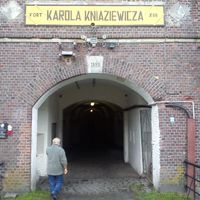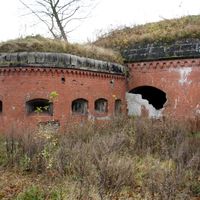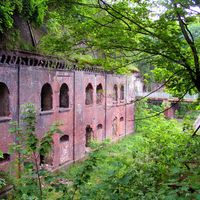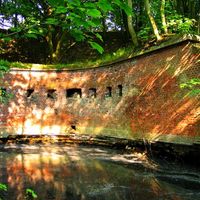Podgórze
7.28
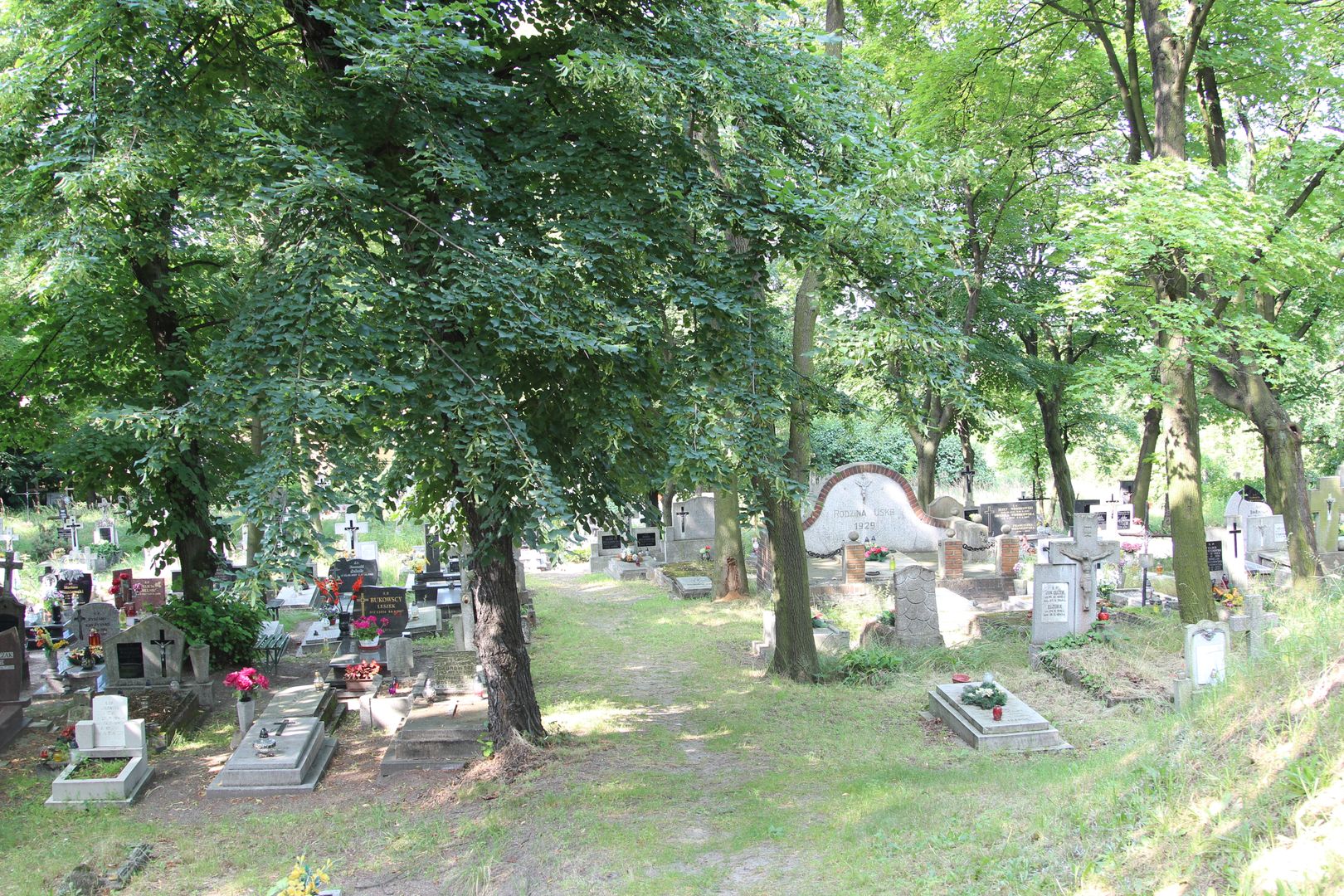
Overview
Podgórz, once an independent town and now a district of Toruń, boasts a rich history dating back to 1555, when it was first granted town rights. In 1611, it obtained full municipal rights, and its development was fueled by its location on the Vistula River and proximity to Toruń. Architecturally, it stands out with the Baroque Church of St. Peter and Paul the Apostles, founded in 1644, and an interesting town hall from 1907, designed by Richard Kuhra. After World War II, Podgórz experienced a decline in industry and trade, and many of its historic buildings were destroyed or fell into disrepair. Culturally, Podgórz was known for its social activism, particularly through figures like Father Józef Domachowski, who patiently supported local initiatives. During the interwar period, the town saw a construction boom and population growth, which in turn led to further infrastructure development. It is worth noting that Podgórz became a testing ground for architectural and urban experiments, partly due to plans for its incorporation into Toruń, which eventually took place in 1938. Despite its turbulent history, Podgórz has retained many elements of its cultural and architectural heritage, including historic cemeteries that bear witness to its multiculturalism and rich past. Today, the town is an example of a harmonious blend of history and modernity, though many local traditions and cultural threads continue to shape its character.
Location
2025 Wizytor | All Rights Reserved
